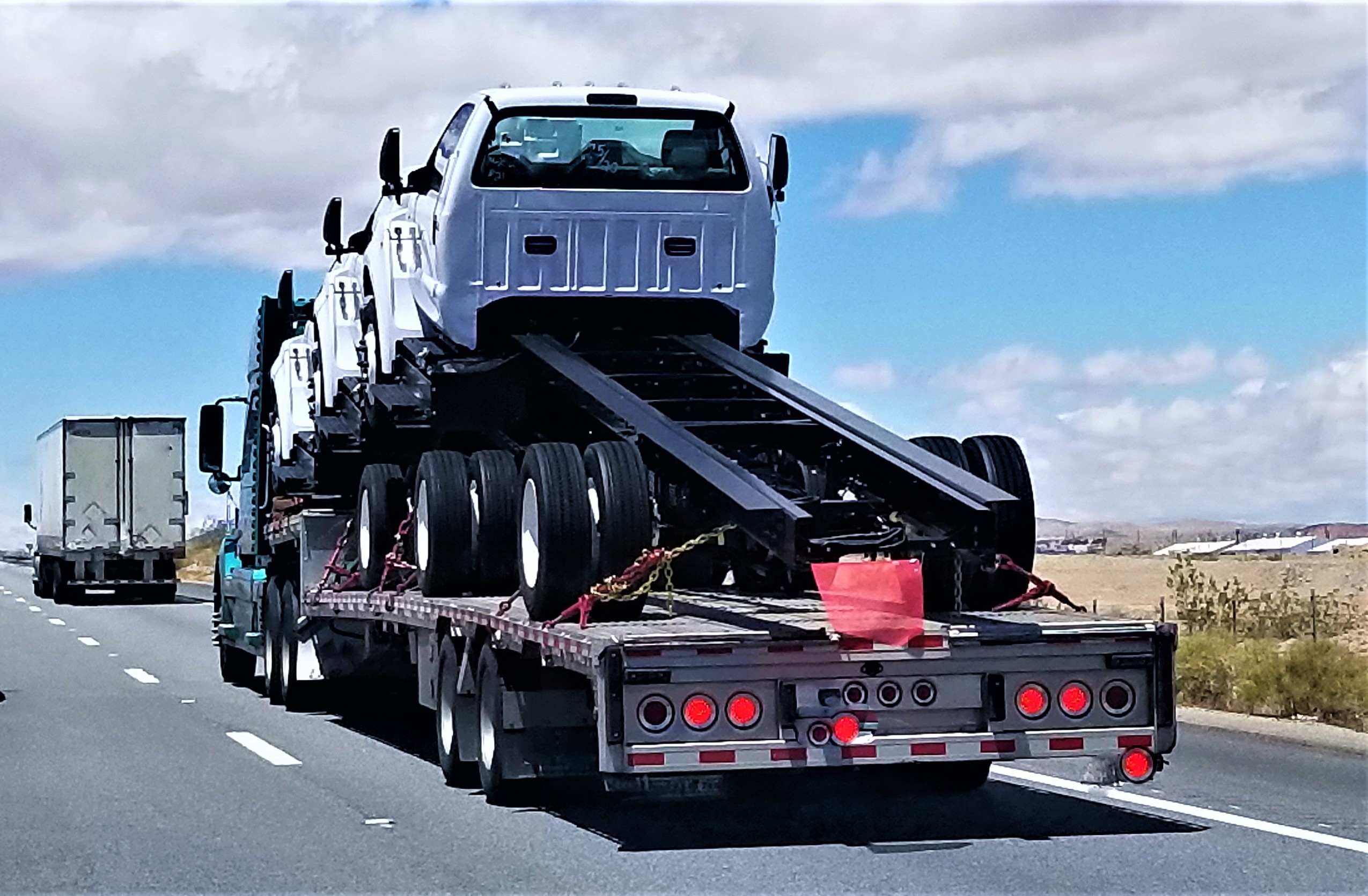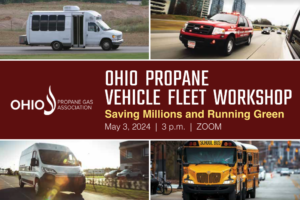The trucking industry faces major challenges in transitioning to electric vehicles (EVs), including high purchasing and maintenance costs. Technological limitations are a third major hurdle.
The Clean Freight Coalition (CFC), which opposes the rapid adoption of EVs, highlights that heavy-duty electric vehicles do not meet practical needs, limit freight capacity, and require extensive charging infrastructure. The Ohio Propane Gas Association (OPGA) echoes these concerns, preferring biodiesel and renewable gasoline over costly new technologies. There is also fear that a rapid shift to zero-emission vehicles could hinder freight capacity and negatively impact the economy if not managed carefully.
The trucking industry is under increasing pressure to switch to EVs by 2040 to reduce pollution. The CFC, a lobbying group opposing the rapid adoption of EVs, conducted a study with consulting firm Roland Berger to determine the cost of this transition.
Similarly, OPGA is concerned about the fast adoption of zero-emission vehicles, fearing they may not be practicable and could hinder freight capacity. OPGA prefers biodiesel and renewable gasoline over expensive new technologies, echoing CFC’s concerns about EV uptake.
“Starting last year bus fleet mangers came out publicly about the problems they’re having, and now, this year it look like semi fleets are figuring out the downsides of EVs,” said Gary Bozigar, chairman of the Autogas Committee for the OPGA.
Key Findings from the CFC Study
- Infrastructure Costs: Setting up charging stations and upgrading the power grid for electric trucks would cost about $1 trillion.
- High Purchase Costs: Electric trucks are significantly more expensive than regular diesel trucks.
- Technological Limitations: Current electric truck technology is impractical for long-distance hauling due to costs and limitations, although it might work better for shorter trips and delivery services.
- Economic Impact: Policymakers need to manage these costs and challenges to ensure the transition to electric trucks does not harm the economy.
- Gradual Transition: Encouraging a gradual transition and promoting other cleaner truck options might be more feasible than an immediate switch to electric trucks.
Counterarguments from Electric Vehicle Advocates
In contrast, Clean Technica criticizes the CFC report as biased and inaccurate, claiming it exaggerates costs and overlooks battery technology and charging infrastructure advances. Critics argue that the American Trucking Associations (ATA) and other industry groups resist EV adoption due to perceived inadequacies in addressing climate change. They emphasize the potential for electric trucks to be used effectively in certain applications at lower costs.
Support for the EPA’s Plan
The Motor & Equipment Manufacturers Association (MEMA) supports the EPA’s plan, highlighting the role of suppliers in providing technology for various advanced vehicle types. They appreciate the EPA’s flexibility in compliance pathways and deadlines, which allows for a gradual transition.
About the Clean Freight Coalition
The Clean Freight Coalition is an alliance of trucking companies advocating for the future use of clean energy in the American trucking industry. It includes motor carriers, truck dealers, truck stop owners, operators, and equipment manufacturers who sustain the U.S. supply chain.
CFC Mission:
- Educate lawmakers on the trucking industry’s progress in environmental protection and emissions reduction.
- Promote efforts to reduce greenhouse gas emissions from freight transport.
- Support public policies that lead to a zero-emissions future while maintaining a reliable and affordable supply chain.
The CFC’s stance is that achieving zero emissions is not a matter of if but when.





